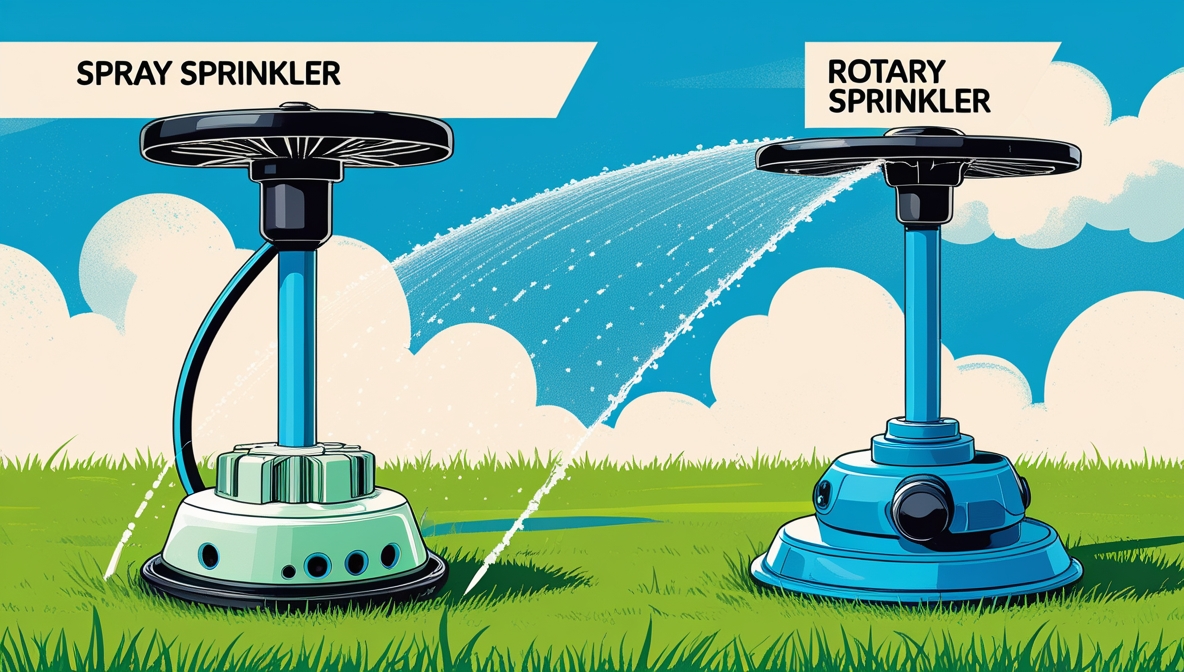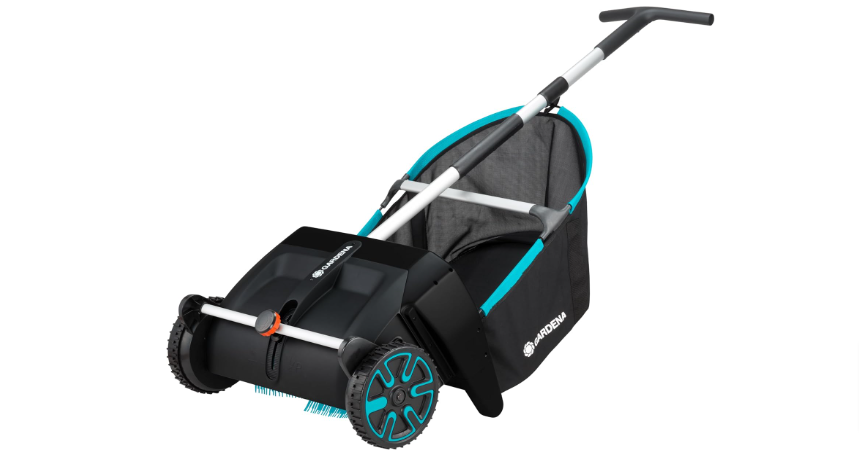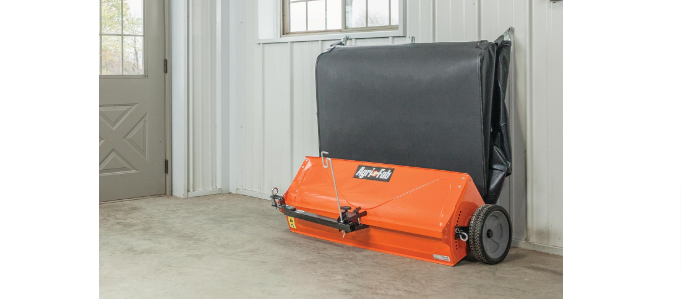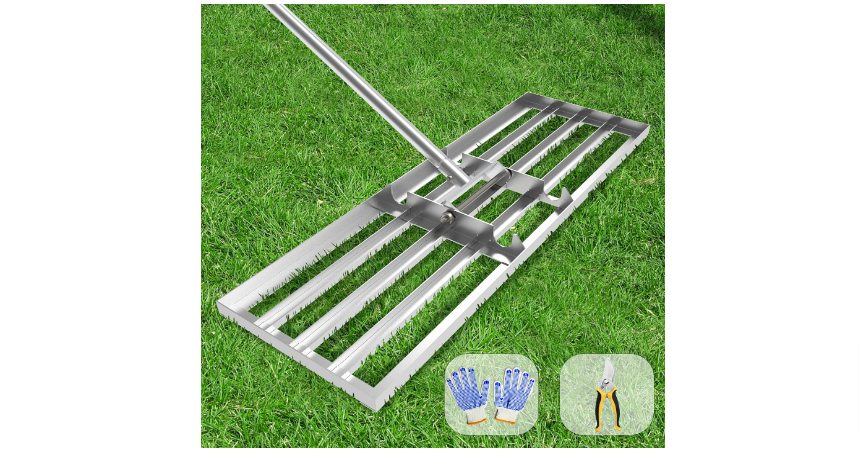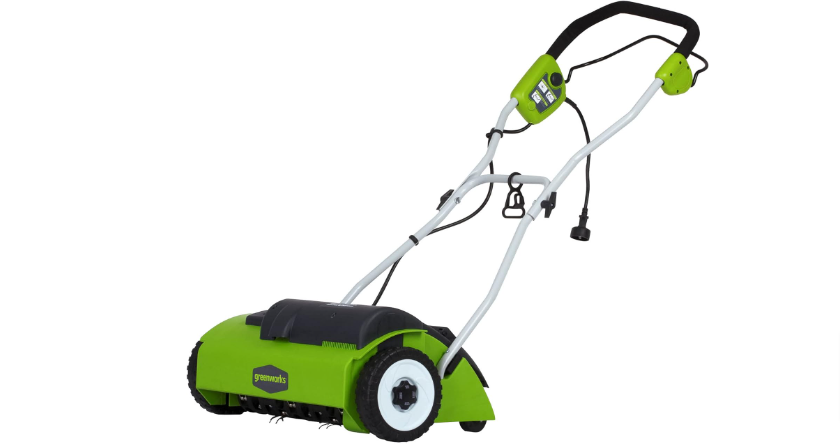Watering your lawn efficiently is crucial for healthy growth and minimizing water waste. Choosing the right sprinkler system is a key element in this process. This article explores the differences between spray sprinklers and rotary sprinklers, examining their functionalities, coverage, and efficiency. Understanding these nuances allows homeowners to make informed decisions about which sprinkler best suits their specific needs and landscape.
Contents
Spray Sprinklers: The Basics
Spray sprinklers, often characterized by a flat, circular pattern, are relatively simple in design. Water is forced out of a central nozzle, creating a broad, consistent spray across a defined area. These sprinklers are typically powered by a single water source and are straightforward to install. A key advantage is their affordability, making them a common choice for budget-conscious homeowners.
Spray sprinklers are often found in residential landscapes, particularly in areas with relatively uniform terrain. Their simple mechanism can be easily maintained and repaired. However, they may not be ideal for complex landscaping features or large areas, as the coverage pattern can be somewhat limited. Their flat spray can also have issues with wind direction, leading to uneven watering.
Proper nozzle selection is critical for spray sprinklers. Different nozzle types deliver various spray patterns, water pressure, and coverage areas. Carefully selecting the correct nozzle for your needs can significantly impact watering efficiency. High-pressure situations might require specialized nozzles to ensure proper water distribution.
Because of their straightforward design, spray sprinklers are generally easy to operate and maintain. Regular inspection and cleaning of the nozzle and spray head can ensure optimal water delivery and prevent clogs. Simple maintenance routines can prolong the lifespan of these sprinklers.
Rotary Sprinklers: The Mechanics
Rotary sprinklers, in contrast, feature a rotating nozzle that sprays water in a circular pattern. This rotation allows for a broader water distribution radius compared to spray sprinklers. The rotating action often results in a more targeted and efficient watering pattern in a single pass. Different models offer varying degrees of rotation, allowing for adjustment of the coverage area.
The mechanism within a rotary sprinkler is more complex than a spray sprinkler. The rotating parts of the sprinkler are critical to delivering water across the desired area. This often requires higher water pressure to maintain the desired rotational speed and water distribution. The rotating action can also be affected by wind conditions, sometimes leading to uneven water coverage.
Rotary sprinklers offer several advantages over spray sprinklers in terms of overall coverage. The rotation allows for a more even distribution across a larger area. This is especially beneficial for lawns with varying levels or for larger landscapes. Moreover, many rotary sprinklers provide adjustable spray patterns and water output, offering greater flexibility in the watering process.
Maintenance for rotary sprinklers typically involves checking and lubricating the moving parts to ensure smooth rotation and to prevent rust or corrosion. Regular cleaning of the sprinkler head is also essential to keep the system operating at its best. The added complexity may require more attention to maintain consistent performance.
Comparing Water Coverage & Efficiency
Spray sprinklers typically offer a more uniform water distribution over a smaller area. Their flat spray patterns make them ideal for smaller lawns or areas with relatively consistent terrain. However, the limited radius can lead to repetitive passes for larger lawns.
Rotary sprinklers, with their rotating action, can cover a considerably wider area in a single pass. This can significantly reduce the time spent watering and potentially lower water usage over time, especially in larger landscapes. However, this wider coverage is not always ideal for precisely targeting specific areas.
Water efficiency varies between the two types based on the specific model and installation. Proper nozzle selection for spray sprinklers and adjusting the spray pattern of rotary sprinklers are crucial for maximizing water efficiency. Factors like wind conditions and the terrain’s contours can affect the water usage of either sprinkler type.
Overall water usage depends more on the individual sprinkler model and the specific landscape. Factors like nozzle size, water pressure, and the sprinkler’s design all play a role in the final water efficiency. Professional installation and proper maintenance are essential in either case.
Choosing the Right Sprinkler for Your Needs
The best sprinkler type depends entirely on your specific lawn and landscape characteristics. For small, uniform lawns, spray sprinklers often provide a simpler and more affordable solution. Their straightforward design and lower water pressure requirements make them a good choice for basic watering needs.
If you have a large, uneven lawn or a complex landscape with various features, rotary sprinklers may be a better option. Their ability to cover a wider area in a single pass can save you time and water, especially in larger residential areas. The added adjustability of many rotary models allows you to target specific areas.
Consider the terrain and desired water coverage. Steep inclines or uneven surfaces might necessitate adjustments to either sprinkler type. Understanding the wind conditions in your area is also important, as both types can be affected by wind patterns, leading to uneven water distribution.
Ultimately, the decision should be based on a careful evaluation of your individual landscape and watering needs. Consult with a landscaping professional if needed to determine the most efficient and effective sprinkler system for your property. This will help you optimize water usage and maintain a healthy lawn.
Choosing between spray and rotary sprinklers involves weighing the pros and cons of each based on your specific landscape and watering goals. Understanding the functionality, coverage, and efficiency of each type allows you to select the best solution for maintaining your lawn’s health and minimizing water waste.
